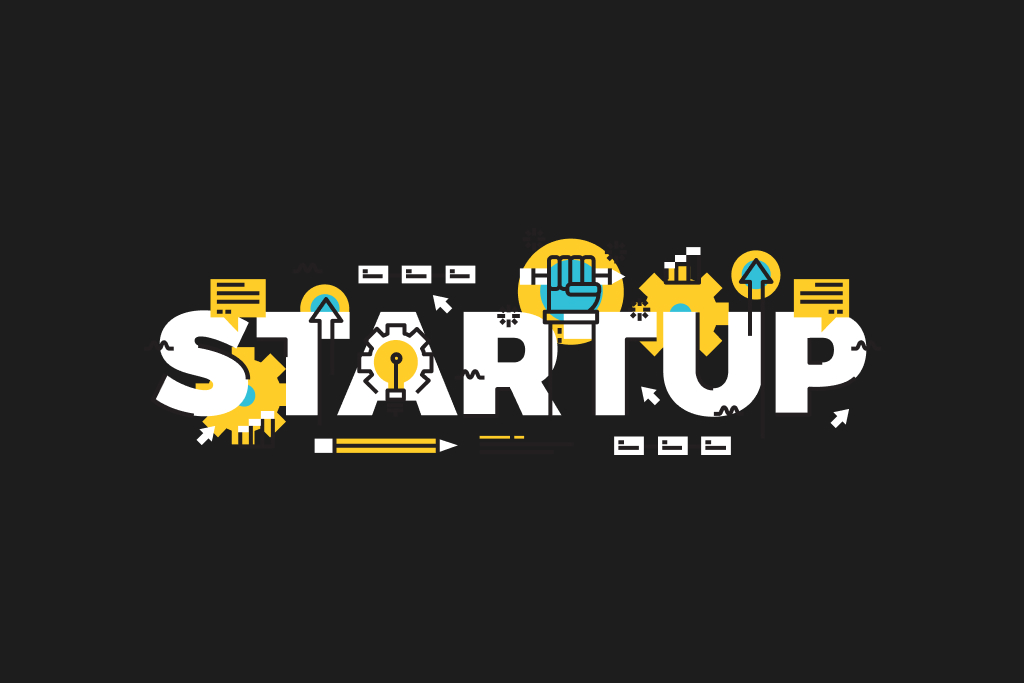
If you’re a start-up founder, you’ll want to have your product in the market ‘yesterday’.
After all, you’ve done the research and feel in your heart that your IoT solution is the next big thing.
But having a good idea isn’t enough. In simple words, you will have to validate first. Are people really willing to buy and use the product?
Building an IoT solution from scratch is a massive undertaking. We are talking about custom hardware and software—both of which cost a lot of money, time and resources.
Most start-ups fail because they jump head-on and start building that ‘perfect solution’. This consumes a lot of time and resources. And by the end of it, millions are invested into a product that may never see the light of the day or that may not be wanted in the market even when launched.
So, how does one circumvent this fate as a start-up founder?
You do that through MVP, of course. It is a basic launchable version of the product with the most essential features.
“Everybody who is looking to develop a product or develop any firmware or software or any hardware, to look at a Minimum Viable Product (MVP) is the first stage”, says Amir Faraji, CEO at Otared, the company that has made Muggino® Smart Mug which is the world’s first eco-friendly and self-powered mug.
Like Amir says, creating an MVP is the first step in balancing what your start-up or business wishes to deliver and what the users want. It helps map out what will work while also focusing on business requirements, customers, and end-users.
In fact, these are the benefits of creating an MVP:

1. Attracting Early Adopters
You can use MVP for early adopters for your start-up. Provide only the functionality that the early adopters need and get reviews.
The reviews from early adopters help you learn about the future users of the app. Their expectations, challenges, tech skills, and product preferences can be mapped out based on the reviews. Use that information to make a robust product that can appeal to your potential customers.
2. Attracting Investors
A well-balanced MVP has the basic functionality and unique features that you can show to potential investors. It forms the basis for helping investors understand how the product has a market and how it stands out among its competition.
By using the MVP, you show the investors that your product is worth looking into and that it has a real audience before making a big roll-out to the market.


3. Getting Product Validation
Knowing whether or not anyone would want to buy the product is important. Real-world validation, in fact, is the most helpful form of product validation. With an MVP, an early adopter experiences your product and gives reviews.
Remember that your MVP should encompass a complete customer experience. That said, don’t go overboard and build too many features.
Your MVP is not the perfect solution. It must only address the major problem that your target group is facing. The end goal here is to determine if people are willing to pay for your solution.
4. Mitigating Risks
There’s nothing like a functional product when it comes to getting real market feedback. Once you create and launch an MVP in the market, the early adopters give you instant feedback. You can use that to validate your assumptions.
If the MVP is not received well, you can go back to the drawing board and make changes. This will not cost you as much as waiting for the release of that perfect product would.


5. Releasing Iterations
You’ll have to iterate your product, time and time again. No product will ever have features in its entirety with all the functionality that was outlined in the original requirements list.
Feedback from early adopters and knowledge from the industry is vital. MVP allows for quick iterations in that regard as the feedback can be used to update and include improved functionalities and features that enhance the overall performance of your product.
Integrating new and improved features into your product will ensure that customer needs are met on time. That’s how you will end up getting more customers.
Conclusion
Stop losing money; stop losing sleep, and stop losing time. There ain’t nothing called a ‘perfect product’! Release an MVP—get support for your product from your customers and have them begin to use it. Listen to their feedback, mitigate the potential risks and make constant, incremental enhancements based on the feedback.
MVP will help your start-up create an IoT solution that has seen incremental enhancements and that addresses the needs of the customers. It will also help you scale up your business in the long run.
The partnership between @Aerion Technologies and @CRINNAC gives you a one-stop solution; we can help you with that MVP!







